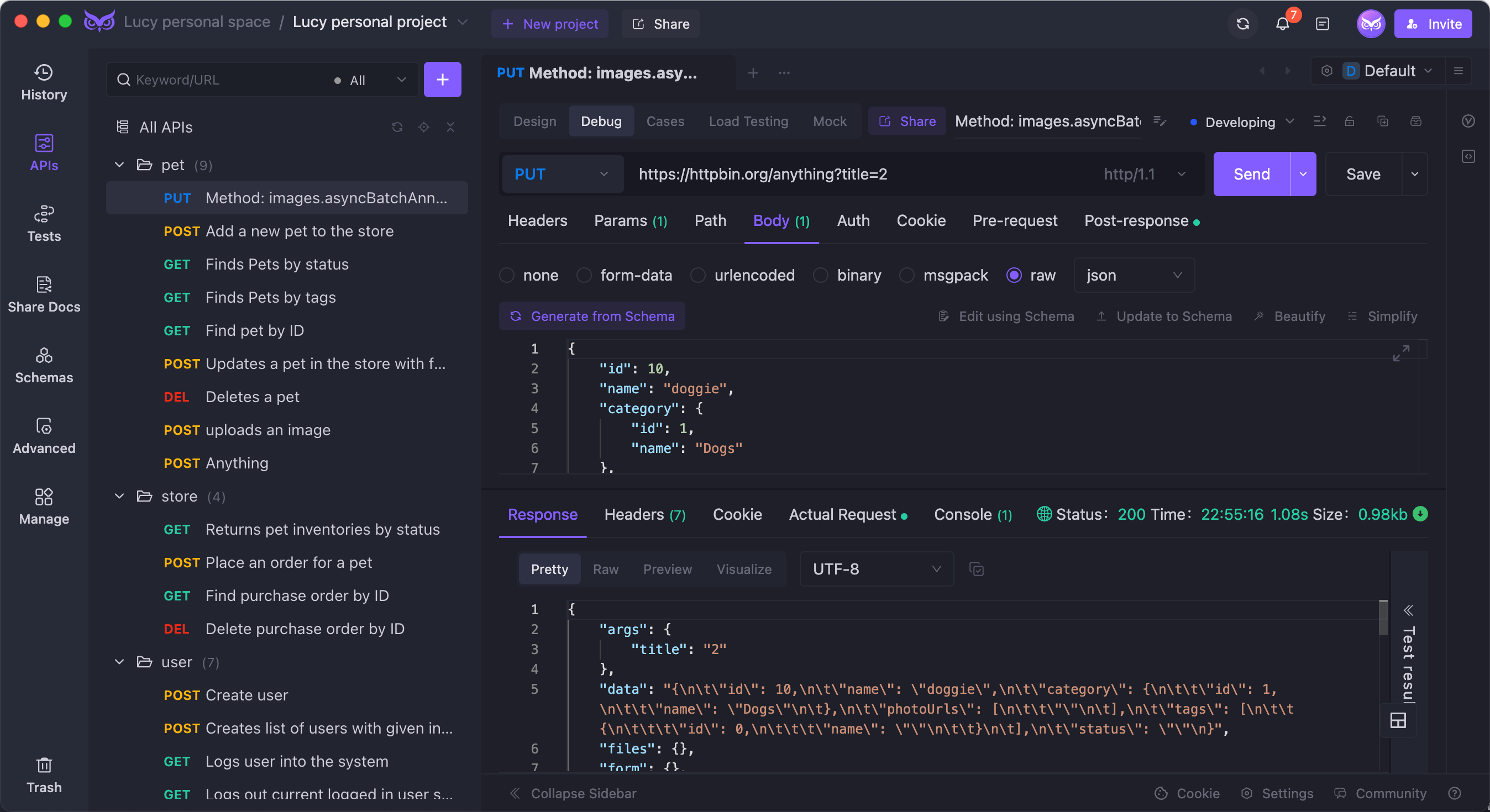Top 11 Free API Management Tools 2024
API management is crucial for businesses. We'll introduce top tools like EchoAPI, SwaggerHub, Apigee, and Postman, and their features.
API management is key for businesses to handle their APIs effectively. With so many tools out there, picking the right one can be a hassle. In this post, we'll introduce some of the best API management tools, like EchoAPI, SwaggerHub, Apigee, Postman, and more, breaking down their features and limitations.
What's an API Management Tool?
API Management Tools help create, publish, and manage APIs. They simplify things and improve security, monitoring, and overall performance. These tools make building, testing, and documenting APIs a breeze, handling the whole API lifecycle.
Benefits of API Management Tools
These tools come with features for designing, deploying, securing, and monitoring APIs. They make API management efficient and effective, offering a full suite of features to solve various challenges and provide analytics for a deeper understanding of API usage.
What to Look For in an API Management Tool
Effective tools should offer:
- Robust Security: API key protection, authentication, authorization, rate limiting, and encryption.
- Seamless Integration: Support for various API protocols and easy integration with current systems.
- In-Depth Analytics: Insights into API usage, performance, and errors.
- Developer-Friendly Portal: Easy access to docs and a playground for testing.
- Lifecycle Management: Full control over the API lifecycle, including versioning and testing.
Overview of Top API Management Tools
EchoAPI

EchoAPI is a super lightweight tool for API development and a great Postman alternative. It supports Scratch Pad, API design, debugging, automated testing, and load testing. Plus, it has plugins for IntelliJ IDEA, VS Code, and a Chrome request capture extension, all with no login required.
Pros:
- No login required
- Supports Scratch Pad
- Ultra lightweight
- 100% compatible with Postman script syntax
Cons:
- None mentioned
SwaggerHub
SwaggerHub is all about API documentation and collaborative development. It lets you define API structures, create docs, and generate client SDKs using OpenAPI specs.
Pros:
- Easy integration
- API documentation
- Version control
- Code auto-generation
Cons:
- Lacks advanced testing and configuration features
Postman
Postman is a feature-rich environment for testing API endpoints. It supports various HTTP requests and lets you set up parameters, headers, and body data.
Pros:
- Collaboration
- Monitoring
- Testing
- Mock servers
Cons:
- Complex UI
- Overwhelming for some users
Apigee
Part of Google Cloud, Apigee is a robust API platform for designing, securing, and scaling APIs and microservices.
Pros:
- Comprehensive design and deployment
- Traffic management
- In-depth analytics
- Enhanced security
Cons:
- Challenges with the external developer platform
- Limited customization options
MuleSoft
MuleSoft integrates systems, data, and devices through APIs. It's got API designer, gateway, and analytics features but can be pricey and complex.
Pros:
- Great for integration
- Comprehensive tools
Cons:
- Costly
- Requires technical expertise
Kong
Kong is an open-source tool offering a scalable platform for managing APIs, microservices, and SOA.
Pros:
- API gateway
- Microservices management
- Analytics
Cons:
- Requires significant customization know-how
IBM API Connect
IBM API Connect is a secure platform for managing APIs with rapid development, lifecycle management, micro gateway, and robust security.
Pros:
- Cloud-native scalability
- Full lifecycle management
Cons:
- Closed-source
- Steep learning curve
AWS API Gateway
AWS API Gateway is a cloud-based tool for managing APIs with hosting, security, scalability, monitoring, and lifecycle management.
Pros:
- API hosting
- Scalability
Cons:
- Limited SOAP API support
- Can be costly
WSO2
WSO2 is an open-source tool offering full lifecycle management, multiple deployment options, and advanced security, though it requires technical expertise for customization.
Pros:
- Customization
- Advanced security
Cons:
- Steep learning curve
Workato
Workato offers integration and automation with a visual interface, pre-built connectors, and robust security.
Pros:
- Visual integration
- Robust security
Cons:
- Steep learning curve for complex workflows
Boomi
Boomi is an iPaaS platform connecting cloud and on-premises applications with a visual integration designer, pre-built connectors, and robust security.
Pros:
- Visual integration
- Security features
Cons:
- Steep learning curve
- Potential vendor lock-in
Example of API Management: EchoAPI
Here's how to leverage EchoAPI for managing your APIs:
- Set Up Your Workspace: Create a new project and invite your team.
- Design Your API: Use the visual interface to define endpoints, methods, request parameters, and response models.
- Debug Your API: Define and run test cases within the platform.
- Mock Data: Use the integrated Mock.js rule engine for testing.
- Test Your API: Create and run a collection of APIs for thorough testing.
Conclusion
API management tools are essential in today’s digital world. They streamline processes, improve customer experiences, and help businesses stay competitive. Tools like EchoAPI, SwaggerHub, Postman, and Apigee each offer unique features to help you achieve these goals.









 EchoAPI for VS Code
EchoAPI for VS Code

 EchoAPI for IntelliJ IDEA
EchoAPI for IntelliJ IDEA

 EchoAPl-Interceptor
EchoAPl-Interceptor

 EchoAPl CLI
EchoAPl CLI
 EchoAPI Client
EchoAPI Client API Design
API Design
 API Debug
API Debug
 API Documentation
API Documentation
 Mock Server
Mock Server




